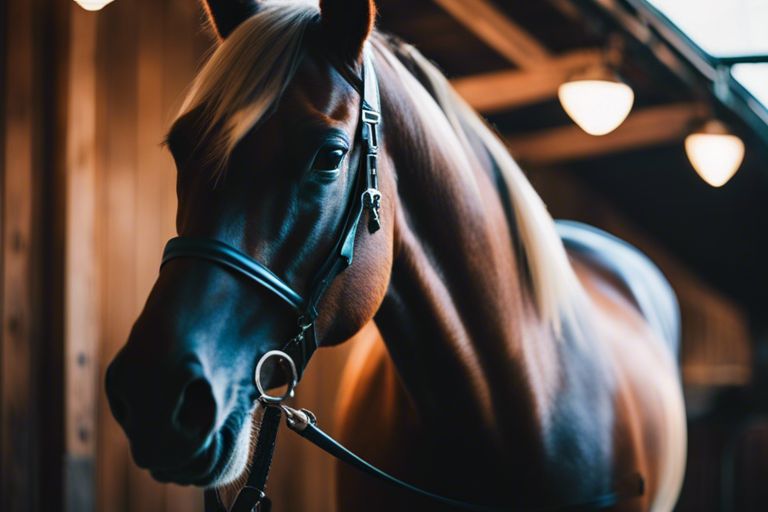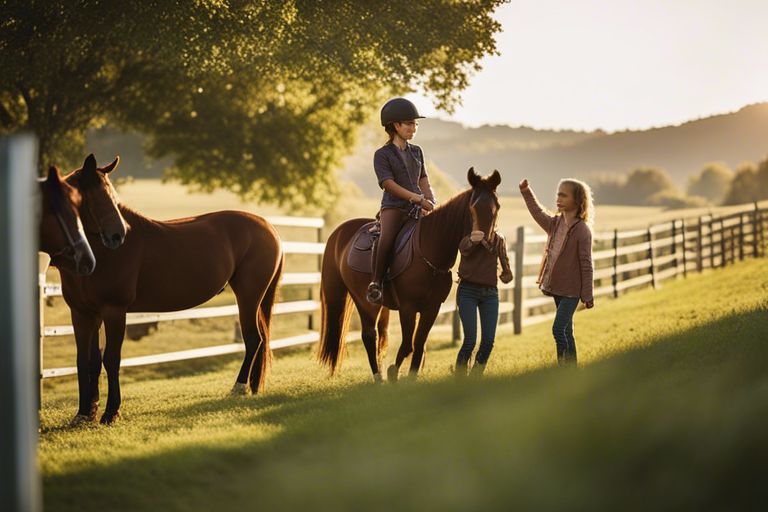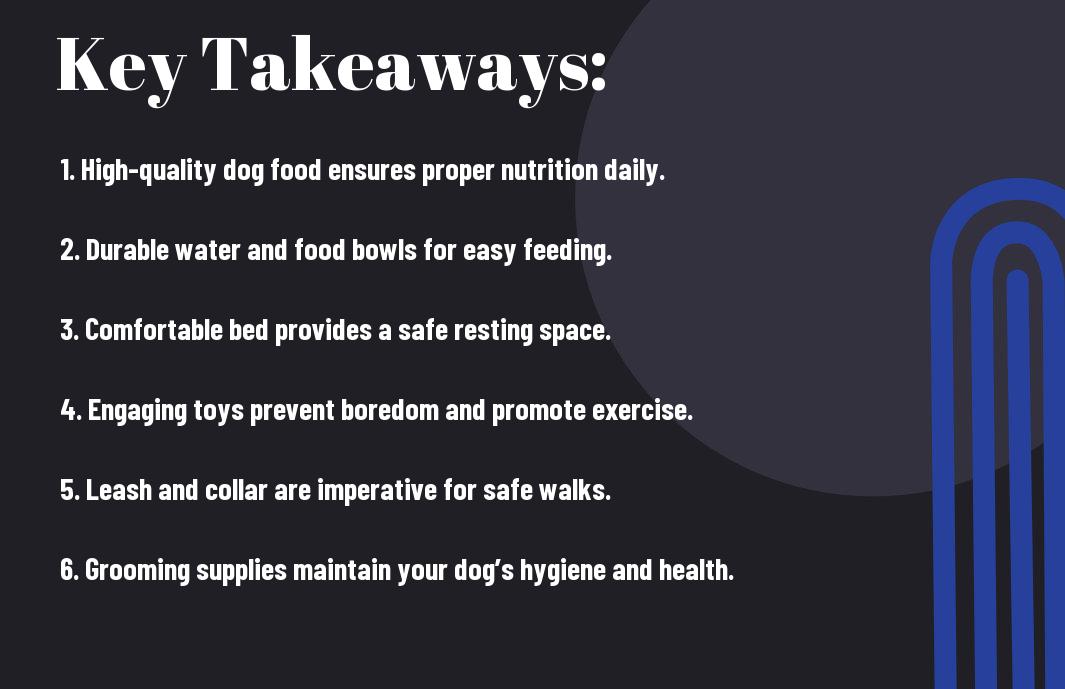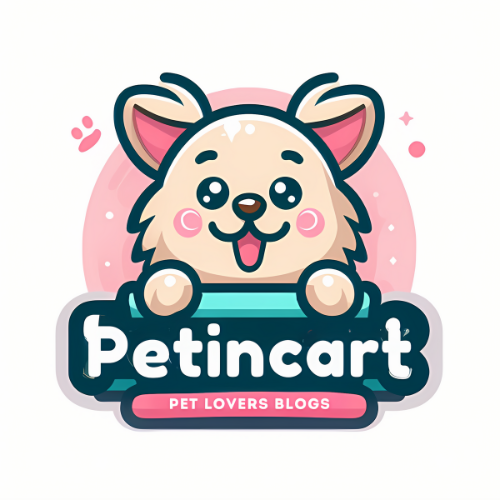Event planning can be thrilling and rewarding, especially when it comes to organizing an equestrian event. There’s nothing quite like bringing together riders, horses, and enthusiasts for a day of competition and fun. However, to ensure success, it’s crucial to pay attention to every detail and logistic to make sure everything runs smoothly. In this guide, I will walk you through the necessary steps to help you organize a memorable and successful equestrian event.


Planning and Preparation
Setting Clear Objectives and Goals
Your first step in organizing a successful equestrian event is to set clear objectives and goals. Determine what you aim to achieve with the event. Are you looking to raise funds for a charity, promote equestrian sports, or simply provide a fun day out for participants? Clarifying your goals will help you stay focused throughout the planning process.
Establishing a Budget and Timeline
Any successful event requires a well-thought-out budget and timeline. Start by determining how much you can realistically spend on the event, taking into account expenses such as venue rental, marketing, insurance, and staffing. Additionally, create a timeline that breaks down all the tasks that need to be completed leading up to the event, setting deadlines for each to ensure everything runs smoothly.
Establishing a Budget and Timeline is crucial as it helps you manage your resources effectively and ensures that you stay on track with your planning process. Keep track of all your expenses and make adjustments as needed to avoid overspending.
Forming an Organizing Committee
Planning an event of this scale requires a team effort, so consider forming an organizing committee to help you delegate tasks and share the workload. Select individuals who are reliable, organized, and passionate about equestrian sports to ensure the success of your event. Divide responsibilities among committee members based on their strengths and expertise, and establish open communication channels to keep everyone informed and engaged.
Forming an Organizing Committee is crucial for distributing tasks effectively and ensuring that all aspects of the event are covered. Delegate responsibilities such as marketing, logistics, sponsorship, and participant registration to different committee members to alleviate the burden on yourself and create a well-rounded event team.
Venue Selection and Management
Choosing the Right Venue for Your Event
The success of your equestrian event heavily depends on the venue you choose. While selecting a venue, consider factors such as the size of the arena, facilities for participants and spectators, parking availability, and accessibility for trailers. Any restrictions on the type of footing or stabling available should also be taken into account to ensure the comfort and safety of your equine participants.
Ensuring Safety and Accessibility
Any equestrian event must prioritize safety for both horses and riders. Adequate access to veterinary care, emergency services, and clear communication of emergency procedures are vital. Additionally, ensure that the venue has proper lighting for evening events and that all areas are accessible to participants with disabilities.
To ensure safety and accessibility, have a designated medical team on-site, clearly marked emergency exits, and easily accessible first aid kits. It’s crucial to prioritize the well-being of all participants and attendees at your event.
Coordinating Logistics and Equipment
For a successful equestrian event, you need to coordinate logistics and equipment effectively. Make sure you have enough staff members to assist with parking, warm-up areas, and any potential emergencies. Develop a detailed schedule for the day, including timelines for different classes or performances, and ensure that all necessary equipment such as jumps, timers, and dressage letters are in place.
Plus, don’t forget to have a contingency plan in case of inclement weather or any other unexpected circumstances. Flexibility and preparedness are key to smoothly managing the logistics of your equestrian event.
Competition and Class Structure
Designing a Fair and Competitive Class Structure
Unlike other types of events, equestrian competitions require a well-thought-out class structure to ensure fairness and competitiveness. To achieve this, you need to consider the skill level of the participants, the type of event, and the available resources. Designing classes that cater to riders of different abilities and experience levels will make the event more inclusive and engaging for everyone involved.
Creating a Schedule That Works for All
You want to create a schedule that allows participants to compete at their best while also giving spectators an exciting experience. **To** achieve this, consider the number of participants, the time needed for each class, and the breaks required for both horses and riders. **You** should also factor in ample time for warm-up and cool-down periods, as well as any unexpected delays that may occur.
A well-structured schedule will not only keep the event running smoothly but will also ensure that **competitors** have a positive experience and are able to perform at their best.
Understanding Rules and Regulations
**A** thorough understanding of the rules and regulations governing equestrian competitions is crucial for the success of your event. Familiarize yourself with the guidelines set forth by governing bodies such as the USEF (United States Equestrian Federation) or FEI (Fédération Equestre Internationale). **For** example, rules regarding equipment, attire, and conduct are vital to ensure a safe and fair competition for all participants.
**Competition** organizers must be vigilant in enforcing these rules to maintain the integrity of the event and the safety of both riders and horses.

Marketing and Promotion
Developing an Effective Marketing Strategy
All successful events start with a solid marketing strategy. You need to clearly define your target audience and tailor your promotional efforts to reach them effectively. Utilize a mix of online and offline marketing techniques to maximize your event’s exposure. Consider partnerships with local businesses and equestrian organizations to expand your reach.
Utilizing Social Media and Online Platforms
Platforms such as Facebook, Instagram, and Twitter can be powerful tools for promoting your equestrian event. You can create event pages, share engaging content, and run targeted ads to attract attendees. **This** allows you to reach a wider audience and generate buzz around your event.
Marketing your event online is cost-effective and allows for easy tracking of results. Ensure your online presence is consistent across all platforms and regularly engage with your audience to build excitement leading up to the event.
Creating Eye-Catching Promotional Materials
A visually appealing poster or flyer can grab the attention of potential attendees and convey key information about your equestrian event. Include vibrant images, vital details like date and location, as well as a call-to-action to encourage people to learn more or register. **You** can also consider partnering with graphic designers or printing services to create professional-looking materials.

Participant and Spectator Experience
Providing Amenities and Services for Riders and Horses
Now, as a participant in an equestrian event, it’s important that you and your horse have access to necessary amenities and services. Make sure there are ample water stations for both you and your horse, as staying hydrated is crucial during long days of competition. Additionally, providing shaded areas for riders to rest in between events can greatly enhance the comfort of both you and your horse. Having easily accessible farriers and veterinarians on-site can also be beneficial in case of any emergencies.
Enhancing the Spectator Experience
Clearly, enhancing the spectator experience at your equestrian event can attract a larger audience and create a more enjoyable atmosphere for everyone involved. Consider setting up designated seating areas with a good view of the competition rings, as well as providing food vendors and restrooms for spectators’ convenience. **Highlighting** special performances or exhibitions during intermissions can further engage the audience and keep them entertained throughout the event.
Managing Parking and Traffic Flow
Experience smooth traffic flow and parking management can make a significant difference in the overall success of your equestrian event. By **providing** clear signage directing participants and spectators to designated parking areas, you can avoid confusion and keep traffic moving efficiently. It’s also important to have volunteers or staff members on hand to assist with parking and ensure that vehicles are parked in an organized manner to maximize space.
Safety and Emergency Procedures
Identifying and Mitigating Risks
After selecting the venue and setting the date for your equestrian event, the next crucial step is to identify and mitigate potential risks. As an event organizer, you must carefully inspect the facilities for any potential hazards such as uneven footing, sharp objects, or low-hanging branches that could pose a danger to riders and horses. Implementing safety measures like placing barriers around dangerous areas, clearly marking boundaries, and providing adequate lighting can help prevent accidents.
Developing an Emergency Response Plan
Assuming you have identified potential risks, the next step is to create a comprehensive emergency response plan. This plan should outline procedures for various scenarios such as injuries to riders or horses, severe weather conditions, or facility malfunctions. Include clear directions on how to contact emergency services, evacuation routes, and the location of first aid kits and fire extinguishers.
Response: It is necessary to regularly review and update your emergency response plan and ensure that all staff, volunteers, and participants are familiar with the procedures in case of an emergency.
Coordinating with Medical and Veterinary Services
If an emergency occurs during your equestrian event, having a strong collaboration with medical and veterinary services is crucial. Ensure that there are qualified medical personnel on-site to provide immediate assistance in case of injuries. Additionally, establish a protocol for contacting veterinary services in case a horse requires medical attention.
If: In addition to having medical and veterinary services on standby, make sure to communicate with local hospitals and veterinary clinics beforehand to streamline the process of getting help when needed.
Summing up
As a reminder, organizing a successful equestrian event requires careful planning and attention to detail. You should consider factors such as selecting the right venue, ensuring proper permits and insurance, creating a comprehensive schedule, and promoting the event effectively to attract participants and spectators. By following these guidelines and staying organized throughout the process, you can ensure a smoothly run and enjoyable event for all involved.
Q: What are the key factors to consider when organizing a successful equestrian event?
A: To organize a successful equestrian event, it is important to consider factors such as location, facilities, budget, promotion, and participant experience.
Q: How can I choose the right location for an equestrian event?
A: When choosing a location for an equestrian event, consider factors such as accessibility, parking facilities, stabling options, and the availability of amenities like food vendors and restrooms.
Q: What are some vital facilities needed for an equestrian event?
A: Essential facilities for an equestrian event include stables or temporary stabling options, arenas for different disciplines, warm-up areas, parking for horse trailers, and seating for spectators.
Q: How can I effectively promote an equestrian event to attract participants and spectators?
A: To promote an equestrian event successfully, utilize various marketing channels such as social media, equestrian websites, mailing lists, and local horse-related businesses. Collaborating with influencers and offering early bird discounts can also help attract participants and spectators.
Q: What are some strategies to enhance the overall experience for participants at an equestrian event?
A: To enhance the overall experience for participants at an equestrian event, consider providing amenities such as food vendors, on-site farriers or vets, entertainment options, awards or prizes, and goodie bags. Offering well-organized competition schedules and clear communication with participants can also contribute to a positive experience.










